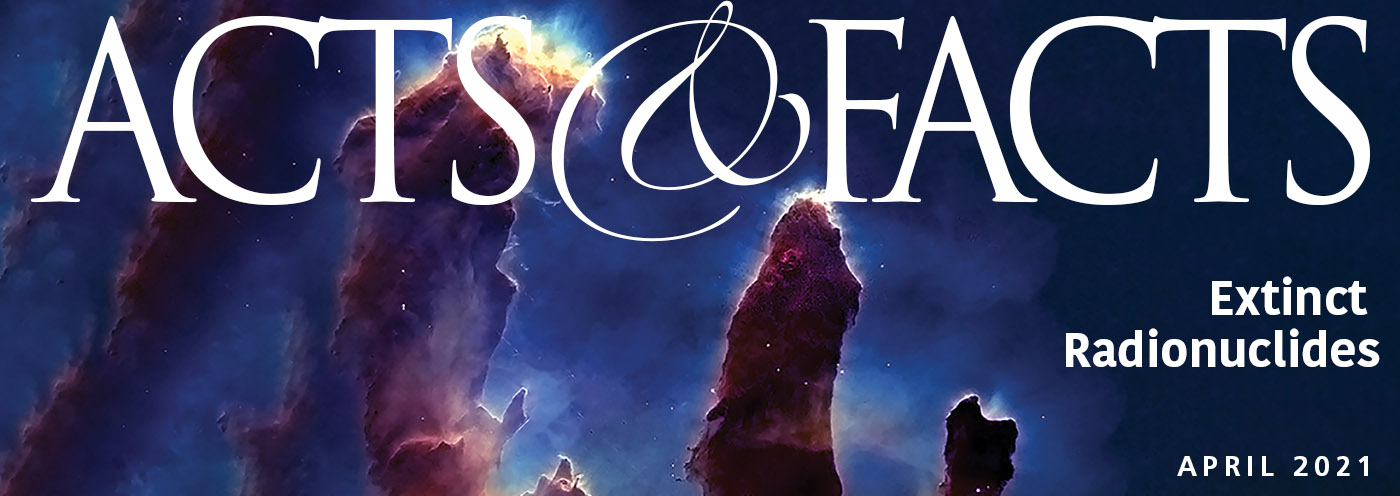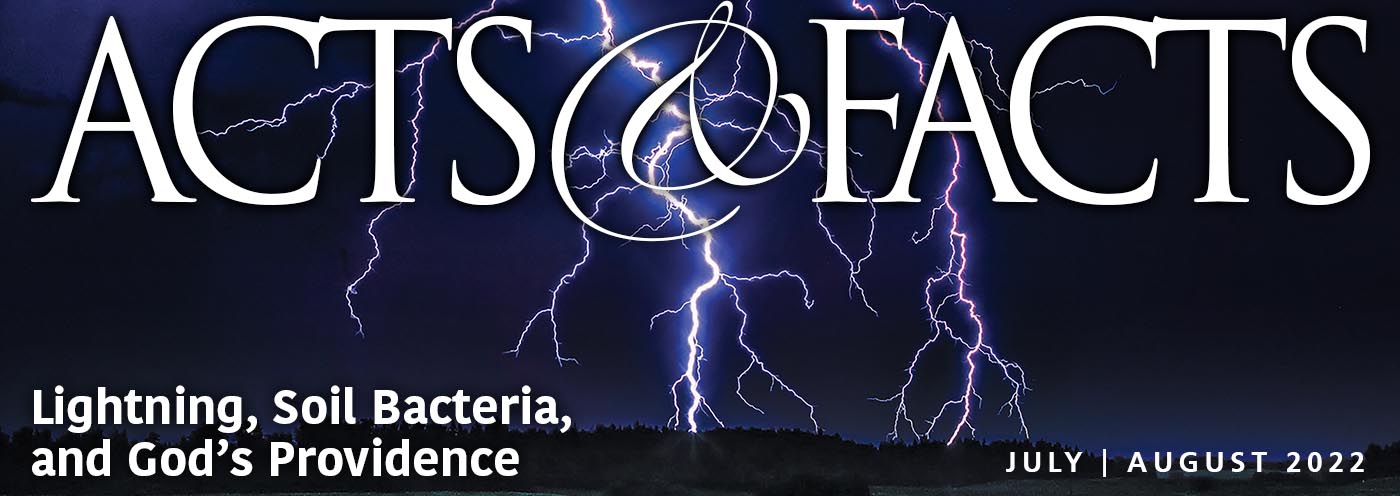Nelson [1] has written, "The 'species problem' is perennial (Howard, 1988), and speciation remains as much a black box as ever (Jackson, 1988). If we examine these problems we find a spectrum of solutions: some writers claim that everything, or everything important, is known; others claim that nothing, or nothing important, is known (Hull, 1988). I claim that the problems are insoluble, for they stem from a false assumption: that there is an empirical difference between species and the taxa such that species evolve through speciation of other species.... Evolution of taxa is not a phenomenon confined to the species level except in neodarwinian theory, which in this respect is simply false."
One would think that surely by now scientists would have agreed on the definition of this fundamental term in systematics--species. In truth, while most biologists would quickly offer their preferred definition when asked, each could also be unsettled by challenging their response with an alternate interpretation. What is the underlying problem in this uncertainty? I believe it lies in the presuppositions of the various writers.
In this first of a series of Impact articles, the term "species" will be examined to demonstrate the wide diversity of definitions. No attempt will be made to give detailed explanations of the concepts involved in the following definitions at this time. In forthcoming articles the terms of "speciation" and "specialization" will be reviewed. It is expected that a comparison of evolution and creation thinking on these terms will lead to a sharp separation of perspective on the "species problem."
Let us start with Aristotle and work our way forward to a creationist, to speculate on the rationale for the various definitions. Goerke [2] states. "The earliest scientific classification of objects in nature was made by Aristotle in the fourth century B.C., and the principles he established retained their authority well into the sixteenth century and even into the seventeenth. "He divided plants into trees, bushes, and herbs, and animals into those with and those without circulatory systems (very generally vertebrates and invertebrates). Mayr [3] adds, "Typological thinking...according to this concept the vast observed variability of the world has no more reality than the shadows of an object on a cave wall, as Plato puts it in his allegory. Fixed, unchangeable 'ideas' underlying the observed variability are the only things that are permanent and real.... The concepts of unchanging essences and of complete discontinuities between every eidos (type) and all others make genuine evolutionary thinking well-nigh impossible."
"Linnaeus did a great service to taxonomy when he invented a definite terminology for the systematic categories and showed that they could be arranged in a graded hierarchy: species, genus, family, order, and class. . . he adhered always to an essentially static and morphological species concept." [4] Thus, Linnaeus, about 1735, believed that species was a term for an objective and highly separate group of organisms; as a creationist he wanted to delineate the Genesis "kinds" in his systematics. Members of the group did vary, but by and large, the history of the group (lineage) showed a consistency of traits since the type was formed.
Darwin's [5] interpretation of species in 1859 was simply practical: "I look at the term species as one arbitrarily given for the sake of convenience to a set of individuals closely resembling each other..it does not essentially differ from the term variety which is given to less distinct and more fluctuating forms." To him a species was any group of organisms that competent naturalists said was a species. All organisms were seen as part of a continuum from some single primeval entity.
The next major different concept in the term species was introduced around 1940 by Dobzhansky and Mayr: It was the biological species concept. For a long time this thinking has saturated much of the evolutionary literature. Mayr [6] presents his definition: "A biological species definition, based on the criteria of crossability or reproductive isolation, has theoretically fewer flaws than any other...Species are groups of actually or potentially interbreeding natural populations, which are reproductively isolated from other such groups." Obviously, this is a much more concrete interpretation of species for evolutionary considerations than Darwin's, and more dynamic than that of Linnaeus. However, this concept does not lend itself to understanding the process of speciation.
Thus, Templeton [7] reviewed the problems associated with various "biological species concepts" and introduced his cohesion concept, "that defines a species as the most inclusive group of organisms having the potential for genetic and/or demographic exchangeability. This concept borrows from all three biological species concepts. Unlike the isolation and recognition concepts, it is applicable to the entire continuum of reproductive systems observed in the organic world. Unlike the evolutionary concept, it identifies specific mechanisms that drive the evolutionary process of speciation." There are other concepts [8], [9] that have been put forward that could be developed, but let's go on to a different line of thought from the three phylogenetic examples used above.
Hennig, [10] as a cladist, views biological diversity with a different goal in mind than the phylogeneticist. ". . Within a hierarchical system, each group formation relates to a 'beginner' which is linked in 'one-many relations' with all of the members of that group and only those. In morphological systems, the 'beginner' which belongs to each group is a formal idealistic standard (Archetype) whose connections with the other members of the group are likewise purely formal and idealistic. But, in the phylogenetic system, the 'beginner' to which each group formation relates is a real reproductive community which has at some time in the past really existed as the ancestral species of the group in question, independently of the mind which conceives it, and which is linked by genealogical connections with the other members of the group and only with these." The cladist definition of species is similar to that of Mayr, above--the reproductive communities that occur in nature. However, due to the unique methodology of morphological resemblance systematics, different principles of classification are employed above and below the specific level. Cladism is essentially typological.
As a final example, I would now like to review a creationist concept of species. ReMine [11] has recently put forward an alternate systematic methodology to the prevalent phylogenetic systems. He calls it "discontinuity systematics." In the scheme, he explains that "species" was merely the Latin word for "kind." For various reasons, he coins terms related to the synthetic Hebrew word "baramin" to apply to working definitions of this innovative system. Frank Marsh [12] originally combined the Hebrew root words bare ("create") and min ("kind") into the term "baramin." Although there is no direct statement to this effect, the term "holobaramin," or its subset "monobaramin," might include or in some instances be synonymous with species. Yet the emphasis is upon experimentally circumscribing the continuities and locating the real gaps or discontinuities in nature. Empirical research on delineating holobaramins is just starting.
With tongue in cheek, I originally entitled this article, "On the Origin of 'Species'." to play on the history of the term species as a concept. Most of the systematic literature would certainly deal with phylogenetic definitions of the taxonomic class--species. Nevertheless, there are some uses, both old and new, that refer to species typologically. Granted, most typological cladists would never associate with a creationist perspective, for they are thorough-going evolutionists, even if they do not agree with Darwinian or even neodarwinian extrapolations. The following table might represent a partial summary of representative methods involving the species concert.
| Concept's Author | Systematic Methodology | Species Taxon Synonym |
| Aristotle Linnaeus Darwin Mayr Templeton Hennig ReMine |
typology typology phylogeny phylogeny phylogeny typology typology |
essences kinds variants isolates exchangeables clades holobaramins |
Biosystematic uses of the term 'species' mentioned in this article, except possibly in cladistics, appear to imply real reproductive communities of organisms, when they deal with non-fossil species. It can be seen that the definition of species, which started out essentially as a morphological term, has taken on a functional or operational meaning. Underlying this dynamic component are presuppositions related to variance--limited or unlimited. In the next article of this particular series, the evidence for speciation be discussed.
[1] G. Nelson, Species and Taxa: Systematics and Evolution, in D. Otte and J.A. Endler, Speciation and its Consequences (Sunderland, Massachusetts), Sinauer, 1989) pp. 73,74.
[2] H. Goerke, Linnaeus (New York, Charles Scribner's Sons, 1973), p. 90.
[3] E. Mayr, Animal Species and Evolution (Cambridge, Massachusetts, The Belknap Press of Harvard University Press, 1979), p. 9.
[4] E. Mayr, Systematics and the Origin of Species (New York, Columbia University Press, 1944), p. 102.
[5] C. Darwin, The Origin of Species by Means of Natural Selection, or the Preservation of Favored Races in the Struggle for Life (New York, Avenel Books, 1970), p. 108.
[6] E. Mayr, 1944, op cit. p. 120.
[7] A.R. Templeton, The Meaning of Species and Speciation: A Genetic Perspective, in D. Otte and J.A. Endler, Speciation and its Consequences (Sunderland, Massachusetts, Sinauer, 1989), p. 25.
[8] J. Cracraff, Speciation and its Ontology. The Empirical Consequences of Alternative Species Concepts for Understanding Patterns and Processes of Differentiation, in D. Otte and J.A. Endler, Speciation and its Consequences (Sunderland, Massachusetts, Sinauer, 1989), pp. 28-59.
[9] A.G. Kluge, "Species as Historical Individuals," Biology and Philosophy 5 (1990): 417-431.
[10] W. Hennig, Phylogenetic Systematics, in T. Duncan and T.F. Stuessy, Cladistic Theory and Methodology (New York, Van Nostrand Reinhold Company, 1985), p. 14.
[11] W.J. ReMine, "Discontinuity Systematics: A New Methodology of Biosystematics Relevant to the Creation Model," Ms. presented at The Second International Conference on Creationism, 1990, held at Pittsburgh, Pennsylvania on July 29-August 4, 1990.
[12] F.L. March, Fundamental Biology (Lincoln, Nebraska, Marsh Publication, 1941), p. 100.
* Dr. Cumming is Professor and Dean of the Institute for Creation Research Graduate School.















